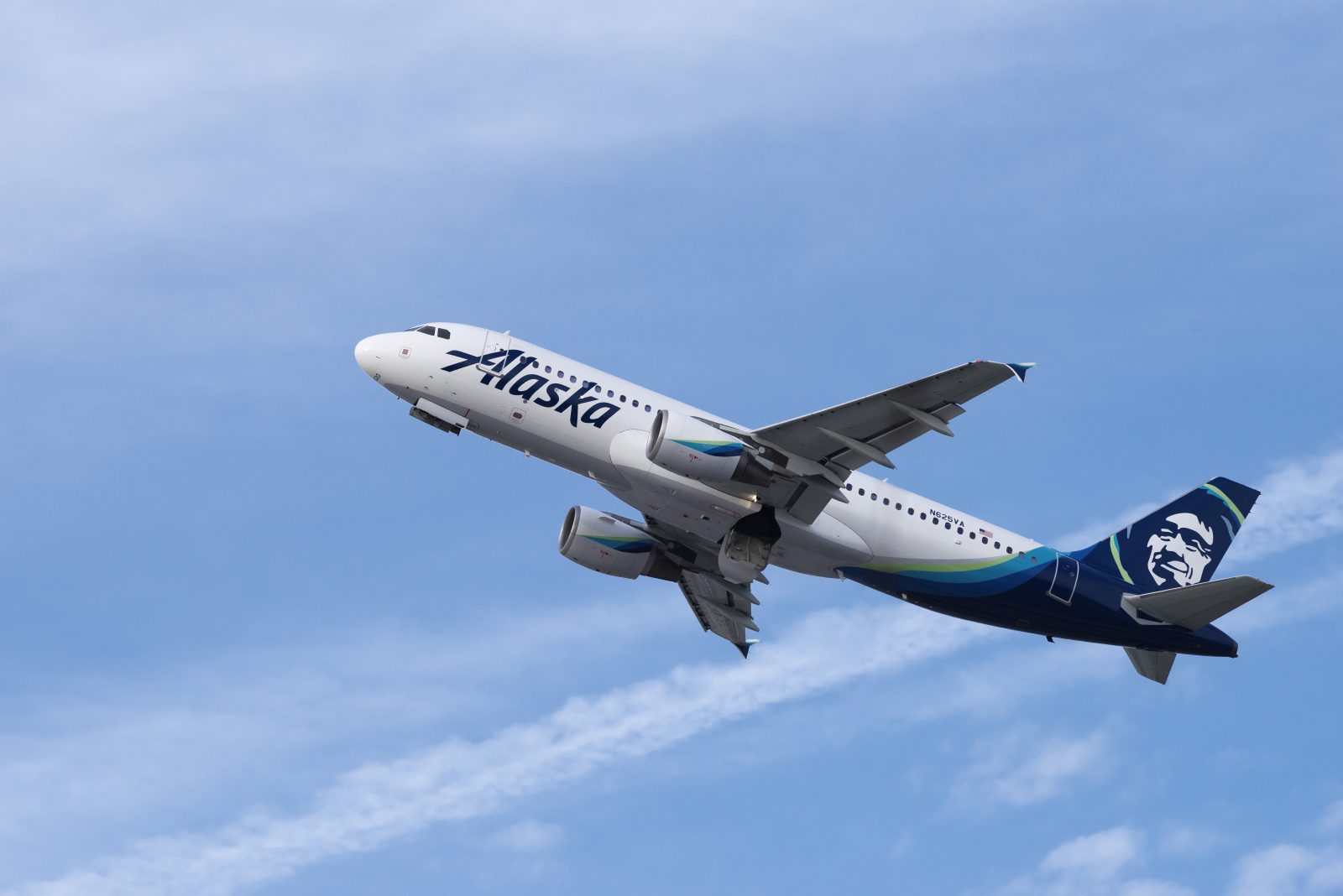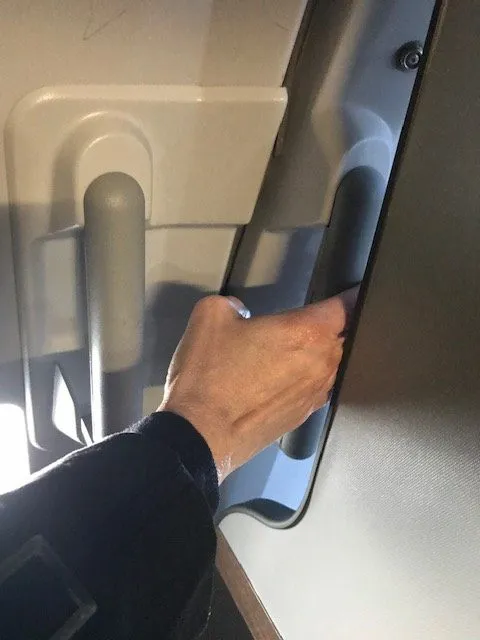
Flight attendants at Alaska Airlines are continuing to pursue a three-and-a-half-year-old grievance against the Seattle-based carrier over a design change that “unnecessarily increases the likelihood and potential severity” of injury to flight attendants in the event of an emergency evacuation.
The Association of Flight Attendants (AFA-CWA) which represents crew members at Alaska Airlines says it is concerned that cabin crew could be pushed out of an aircraft during an emergency evacuation, potentially before the evacuation slide has inflated, dropping more than 3.4 metres to the ground below.
The alleged design flaw affects Alaska’s fleet of Airbus A320 series aircraft which were acquired when it bought Virgin America in 2016. Alaska Airlines decided to refit the aircraft interiors to add common Alaska design elements as well as squeeze in an additional four seats on the A319 and A320 aircraft, and five extra seats on the A321 aircraft.
In order to find space for these additional seats, Alaska Airlines pushed forward the bulkhead at the front of the aircraft immediately behind the forward set of passenger doors.

The bulkhead was moved so far forward that it blocked access to the so-called aft assist handle, “effectively rendering the handles unusable,” claims the flight attendant union.
Aircraft manufacturers install assist handles at and close to passenger emergency exits so that flight attendants can “steady themselves while assisting passengers in evacuating”.
A review by the Federal Aviation Administration (FAA) in 2014 found that assist handles “can be crucial in permitting the flight attendant to perform his or her duties efficiently. This, in turn, can have a direct bearing on the success of an emergency evacuation”.
Crucially, assist handles should be used by flight attendants to steady themselves should the emergency slide not deploy automatically and they have to bend down to pull the manual inflation handle. If the assist handle is blocked, it makes the flight attendant “vulnerable to the possibility of being pushed out of the exit,” the FAA concluded.
In the case of Alaska’s A320 series fleet, the manual inflation handle was on the same side of the door as the blocked assist handle. The refit program was, however, approved by the FAA and once alerted to the issue, Alaska promised to work with interior equipment suppliers to work out a long-term solution.
Despite the airline’s “very responsive” reaction to the union’s concerns, AFA filed a grievance alleging the airline failed to provide a ‘safe and healthy workplace’ when it installed the new bulkheads. The union also pursued Alaska for failing to consult it before finalizing the refit plans.
Alaska Airlines denied the two grievances but AFA is escalating the complaints to an independent arbitrator.
Interestingly, while both sides wait for arbitration on the matter, Alaska is still pushing ahead with plans to rid itself of its A320 fleet and become a sole Boeing 737 operator again.
Earlier this month, Alaska’s chief financial officer Shane Tackett said the airline was “committed to exiting the Airbus fleet” and hoped to have retired its remaining 29-strong fleet by the end of 2022.
Alaska Airlines did not respond to a request for comment.
Mateusz Maszczynski honed his skills as an international flight attendant at the most prominent airline in the Middle East and has been flying ever since... most recently for a well known European airline. Matt is passionate about the aviation industry and has become an expert in passenger experience and human-centric stories. Always keeping an ear close to the ground, Matt's industry insights, analysis and news coverage is frequently relied upon by some of the biggest names in journalism.







